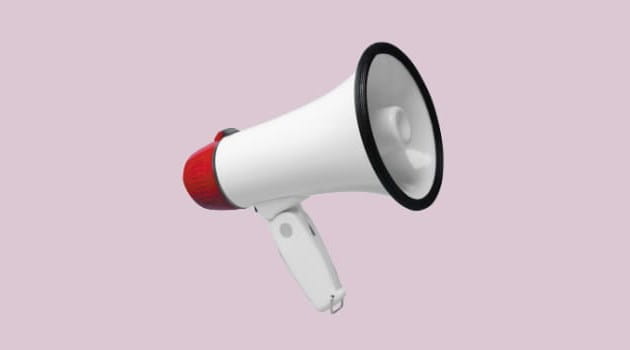The ICAEW Tax Race data shows that taxes on income have consistently made up nearly 50% of total government tax revenues over the last 50 years. But outside of income tax and national insurance, the other large drivers of revenue have changed dramatically. RSM’s UK Economist Thomas Pugh and Head of Tax Ali Sapsford elaborate on these changes to discover possible challenges raised when looking to raise tax take to afford post-COVID repercussions.
RSM insight drawn from the ICAEW Tax Race
In 1965, customs and excise duties were the second-largest source of government revenue accounting for about 25% of total revenue. But trade liberalisation in the 1970s and 1980s, especially the UK joining the European Communities in 1973, led to a steady reduction in revenue from this source until in 2019 excise and customs duties had slipped to fourth position in the ICAEW graph accounting for just 10% of revenues.
The loss of this critical source of revenue meant the government had to look at other ways to boost income. It focused on raising taxes on sales and consumption. This is probably because in order to raise the most revenue taxes need to have a relatively wide base (lots of people pay them) and be difficult to avoid. VAT ticks both those boxes. As the ICAEW graph shows, purchase taxes, including VAT, went from the fifth-largest source of revenue in 1965, accounting for just 6% of the total to the second-largest tax accounting for over 20% of revenue in 2019.
The government may soon be facing a similar revenue-raising dilemma as income from some of its key taxes is set to dwindle over the next few decades. The rise in working from home will reduce demand for petrol and fuel duty revenue. Fuel sales are still below their pre-pandemic level. What’s more, under current plans the sale of new petrol and diesel cars will be banned from 2030. As more electric and hybrid vehicles are sold, demand for petrol will fall further. As fuel duty and VAT on petrol sales brings in about £35bn a year (4.5% of total revenue) a drop in fuel sales will leave a big hole in the exchequer’s pocket. This would be enough to push customs and excise duties from fourth place in the ICAEW graph to sixth place.
What’s more, the increase in globalisation and the perceived ability of multinational corporations to shift profits to low tax jurisdictions have undermined the link between where economic activity happens and where corporate profits are booked and taxes paid. This is only likely to get worse as the economy becomes more digitized and it becomes more difficult to determine where profits are actually made. This suggests that the historic reliance on a profit-based approach to taxes on corporations may need a rethink (or become an even more complex and hence costly way to raise revenue).
At the same time, an ageing population and the associated growing costs of health and social care, which the National Audit Office thinks will double over the next 20 years, as well as the debt burden from the pandemic mean that taxes are more likely to go up than down over the next few decades. The tax burden is already set to rise to about 36% of GDP by 2024, the highest in 70 years.
Given these broad economic trends, the government can either try to raise more revenue from the three biggest taxes, Income, VAT and National Insurance or develop new taxes.
There are three potential big problems with raising taxes on incomes and purchases. First, the higher the rate of tax the more incentive people have to avoid it, both legally and illegally. Second, higher rates of tax can discourage people from engaging in economic activity. Raise the rates too high and the effects of the Laffer Curve kick in and people will go to more effort to avoid paying taxes and engage in less economic activity. This is clearly bad for both the government and the economy as a whole. Third, these taxes can be regressive where poorer people pay a larger proportion of their income in tax than wealthier people, which makes them politically unpopular.
One alternative could be to bring in new taxes specifically linked to certain spending areas to avoid having to hike rates on the three big taxes. For example, revenue from the new Health and Social Levy is ring-fenced to be spent on health and social care. And a tax on the number of miles driven has been suggested as an alternative to fuel tax. With new technology, such a tax could vary by time or location to discourage driving at the most congested times, although this would raise privacy issues.
Given the challenges facing the government over the next few decades, we suspect that the gold, silver and bronze positions in the ICAEW graph in 20 years will look pretty similar to how they did in 2019.
Click here to watch the ICAEW Tax Race: 54 years in the making.

